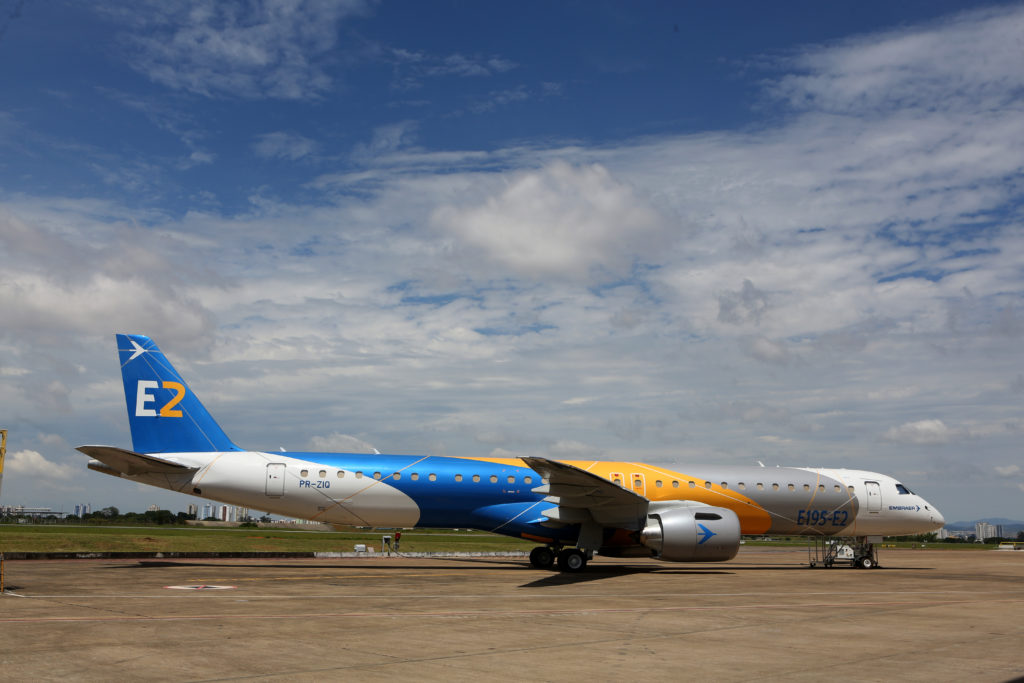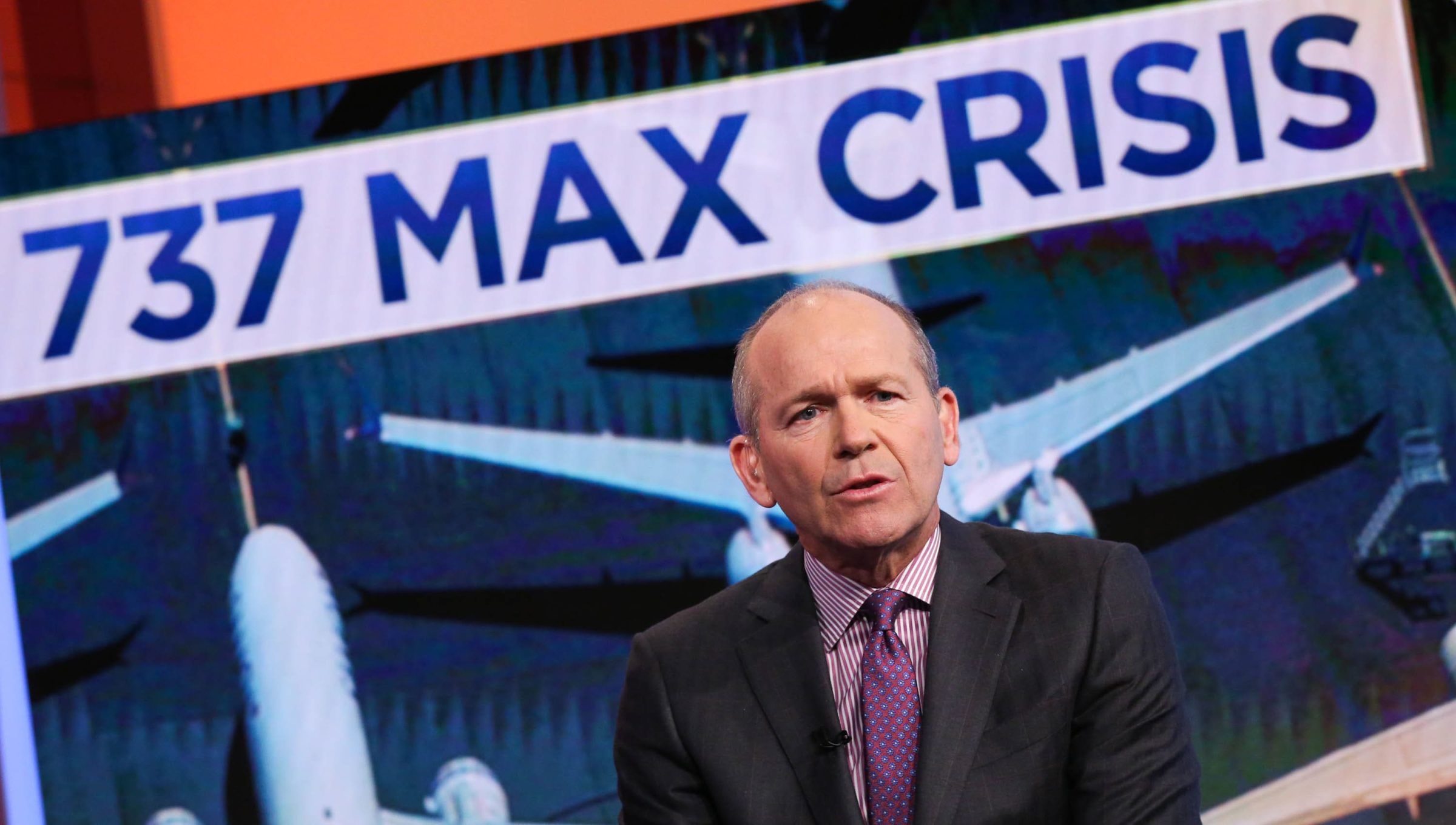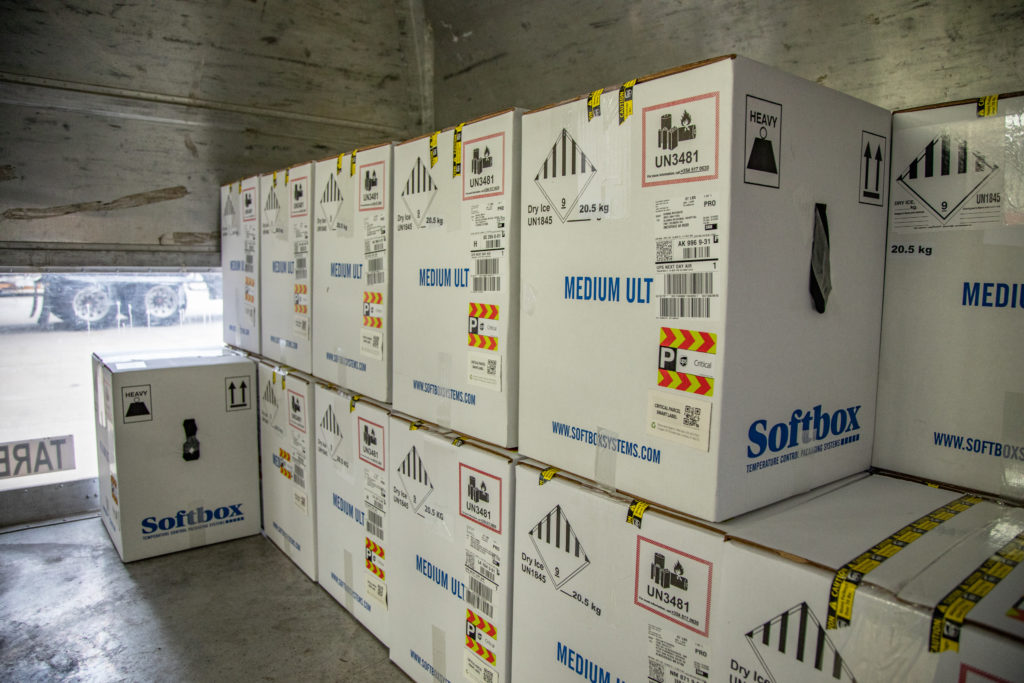Leeham News and Analysis
There's more to real news than a news release.
“There’s light at the end of the tunnel, but the journey is just beginning.”
Subscription Required
By Scott Hamilton
Introduction
April 26, 2021, © Leeham News: Aerospace suppliers generally had worse delivery and quality control performance in 2020 than in 2019. By next year, executives think timeliness and quality will return to 95% of pre-pandemic levels.
Eighty-three percent of executives surveyed see delivery rates for narrowbody aircraft improving this year and next.
Forty-nine percent of executives surveyed see airline industry revenues returning to 2019 levels in 24-36 months.
And eco-aviation and sustainability drives will be an increasingly important topic over the next three years.
These are just some of the findings in the annual survey of aerospace and airline executives conducted by the international consulting firm Accenture.
Summary
- “There’s light at the end of the tunnel, but the journey is just beginning.”
- 6-18 month outlook. 2019 survey skipped as the pandemic spread.
- The shift in sustainability-driven is by today’s younger generation.
Unsustainable – and growing – airline debt load weighs on OEMs, suppliers
Subscription Required
By Judson Rollins
Introduction
April 22, 2021, © Leeham News: COVID-19 has forced every layer of the commercial aviation supply chain, apart from cargo airlines, to streamline their businesses and raise cash to survive. Nowhere has this been more true than for passenger airlines, the end-customers for most aviation products.
Before the pandemic, passenger carriers were taking advantage of cheap capital to invest in both new and used aircraft. However, most have stretched their balance sheets beyond imagination by pledging every unencumbered asset – even frequent flyer programs – to raise additional debt.
International Air Transport Association (IATA) economist Brian Pearce said in a February webinar that governments provided $101bn of repayable loans and tax deferrals in 2020 alone. Another $125bn was raised from banks, capital markets, and lessors. More will be required this year.
Governments and markets backstopping the world’s airlines, aided by central bank money printing, are why fewer than 50 have ceased operations since the start of the pandemic. This is not materially worse than a typical year, but it doesn’t begin to reflect the scale of the ongoing financial shock to airlines.
Summary
- Airline demand recovery is prolonged in most regions; new tax and cost pressures loom.
- Debt loads will continue to grow this year; interest expense is mounting.
- High leverage may depress airline capital expenditures through 2030.
- Governments may finally ground loss-making state carriers, adding to used aircraft inventory.
- Aircraft production cuts are already impacting the supply chain.
Suppliers remain hunkered down as pandemic recovery may stall
Subscription Required
By Scott Hamilton
Introduction
March 8, 2021, © Leeham News: Aerospace suppliers continue to struggle even as passenger airlines begin to gingerly place new aircraft orders and  Boeing resumes production of the 737 MAX.
Boeing resumes production of the 737 MAX.
Airbus continues to produce the A320, A330 and A350 at lower production rates than the pre-pandemic era. Boeing is at low-rate production for the 737 MAX, after a 20-month grounding. The 777 is down to 2/mo and the 787 goes to 5/mo this month. At least two aerospace analysts on Wall Street think the 787 rate could come down further.
Airbus and Boeing each received a handful of orders so far this year.
But suppliers continue to struggle.
Summary
- Airbus, Boeing continue to extend payments.
- Smaller suppliers seek bankruptcies.
- Larger suppliers remain in “hunker down” mode.
“I’m sure glad 2020 is in the rear view mirror.”–David Calhoun, Boeing CEO
By Scott Hamilton
Jan. 27, 2021, © Leeham News: “I’m sure glad 2020 is in the rear view mirror.”
This was Boeing CEO David Calhoun’s opening statement in his appearance today on CNBC’s Squawk Box.
Calhoun appeared on the financial news network following the release of its 2020 full year financial results.
“The one big charge was for the 777X program,” Calhoun said. Boeing took a forward pre-tax charge of $6.5bn for the program. Carter Copeland of Melius Research noted in a video this morning that this probably was related to an adjustment in the accounting block. Calhoun said on CNBC that Boeing adjusted the accounting block, which has not been publicly announced, as part of the charge.
“Based on everything we learned in the 737 MAX recertification effort, we put more time into the 777X effort. It’s going to be a little more costly and take more time to certify,” he said.
Calhoun expects the 777X will be a big money maker in the future.
Small jet demand likely to stay depressed after COVID
Subscription Required
By Judson Rollins
Introduction
January 25, 2020, © Leeham News: As passenger travel trickles back to life, one trend that’s already apparent is a long-term diminution of airline yields in most regions.
This is largely driven by a reduction in business travel, some of which is likely to never return.
Regional jets and small single-aisles like the Airbus A220 and Embraer’s E2 family have higher unit cost, or cost per available seat-mile (CASM), than larger aircraft like the Boeing 737 or Airbus A320.
Achieving an operating profit with smaller jets requires high unit revenue, or revenue per available seat-mile (RASM). This will be difficult to achieve in a world where business travel is still down 70%-80% this year, even with a vaccine – and may be down 30% or more permanently.
What role will these smaller jets have after the pandemic? And will production match this new reality? A closer look is required.
Summary
- Regional jets and smaller single-aisles have higher unit costs.
- High costs require higher unit revenue to be profitable.
- Business travel likely slow to return, with some permanently impaired.
- Smaller jets previously used for routes now in danger of demand fragmentation.
Boeing’s Calhoun completes first year as CEO
By the Leeham News Team
Jan. 13, 2021, © Leeham News: Today marks the first anniversary of David Calhoun becoming CEO of The Boeing Co.
Calhoun’s first year faced challenges unprecedented in Boeing’s history. There was the 737 MAX crisis. Sales of the 777X were stagnant. The balance sheet was stressed.
And then COVID exploded, all but destroying commercial passenger demand and with it, ability by airlines to take delivery of new airplanes.
Boeing’s balance sheet went further upside down. Production and quality control problems with the 787 emerged.
Finally, Calhoun was afflicted with a case of foot-in-mouth disease. This contrasted with his calm, well-received initial public face during the waning days of then-CEO Dennis Muilenburg’s stilted public persona.
Outlook 2021: Boeing needs boring, Airbus looks for recovery
Subscription Required
By Scott Hamilton and Vincent Valery
Introduction
Jan. 5, 2021, © Leeham News: What’s in store for Airbus and Boeing this year?
Boeing needs a boring year.
 Airbus is clearly better positioned than Boeing.
Airbus is clearly better positioned than Boeing.
Twenty-twenty one is a year of recovery for Boeing. It must dig out from a very deep hole.
Airbus reported that it hit cash break-even in the third quarter. But the company is not out of the woods yet.
Everything depends on something largely out of their control: how quickly the airline industry recovers from the COVID pandemic.
Summary
- Boeing hopes to deliver about half of the 450 stored MAXes this year.
- Low-rate production inches up for the 737.
- Widebody sales dried up for Airbus and Boeing.
Outlook 2021: Despite vaccines, COVID-19 will continue to dominate aviation in the coming year
Subscription Required
By Judson Rollins
Introduction
Jan. 4, 2021, © Leeham News: Recent approval of two major vaccine candidates are driving euphoria among aviation investors, employees, and travelers. Many commentators are talking about a “return to normal” later this year.
Alan Greenspan’s famous phrase, “irrational exuberance,” comes to mind. Vaccine approvals provide reason for hope, but not in the near term. Even Singapore’s government, one of the world’s most efficient, says it will need most of 2021 to fully vaccinate its population.
On the other end of the economic spectrum, Duke University’s Global Health Institute says low-income countries may have to wait until 2024 if high-income countries continue to reserve vaccines for their own populations.
Pharmaceutical giants Pfizer, Moderna, and AstraZeneca, which have released efficacy data on their vaccines and are now obtaining approval from various jurisdictions, announced a combined capacity to produce vaccines for up to 3.1bn people by the end of 2021. China’s Sinovac claims it will be able to produce 600m doses, but it is still evaluating the efficacy of its vaccine candidate.
Summary
- Reluctance to take vaccine likely to slow rollout
- Borders re-opening depends on rollout, proof of vaccination
- Pre-travel testing may be a dubious solution
- Business, leisure travel likely to be permanently impacted
- Airline financial woes likely to continue
- New aircraft demand will stay low in 2021
Boeing should build 757 replacement in Washington
Commentary
Dec. 22, 2020, © Leeham News: If you get a chance over the next few weeks – in between binge-watching The Queen’s Gambit, putting up the 79 extra feet of Christmas lights you ordered this year and figuring out how to buy surprise Christmas gifts for your spouse when you have a joint Amazon account – you should take 90 minutes to watch this video from our friends at the International Association of Machinists District Lodge 751.
The Machinists on Dec. 8 hosted (on Zoom, of course) a high-level panel discussion about the state of the aerospace industry and Washington state’s role in it, featuring a whole bunch of Brand-Name People Who are Smarter Than Me(c).
They shared their insights for those of us coffee-drinkers who are trying to read the tea leaves to divine what Boeing’s next moves should be as it tries to get back on its feet – and what the implications are for its home state.
The takeaway:
The problems for Boeing are obvious, and the solutions are pretty clear – but doing the smart thing would require a major cultural shift from an executive team that’s locked into a 1990s vision of how business gets done.
- Boeing needs a 757 replacement this decade
- It should get built in Washington state
- There are concrete – and audacious – steps for the state to take
- Can GE alum Calhoun change Boeing’s GE culture?






